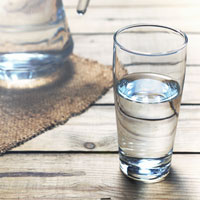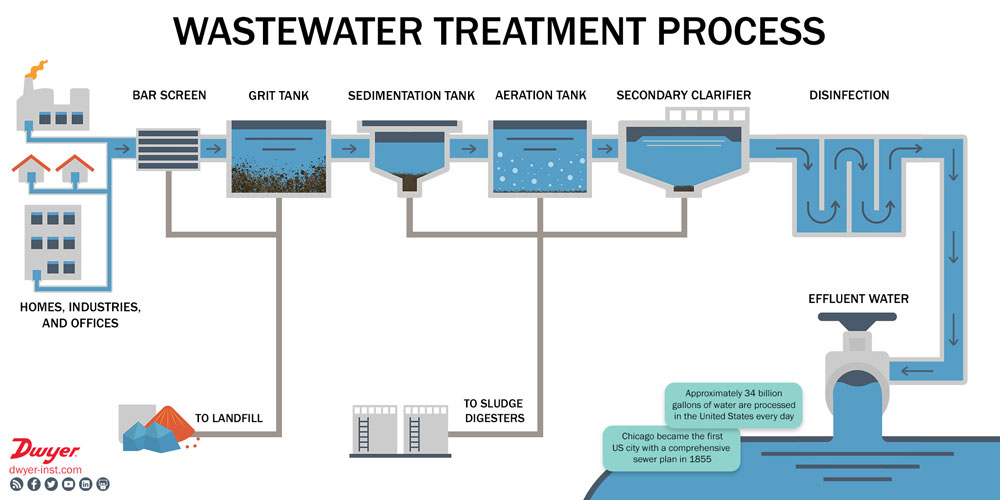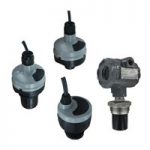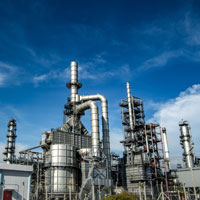
Many Dwyer Instruments, Inc. switch products have standard snap-action switches. Snap-action switches have a mechanical movement that snaps the contacts together and apart to make or break an electrical circuit.
Silver contact snap switches are very versatile and offer high contact ratings commonly up to 10 or 15 amps when used with 120 volts AC. These switches are often used for control circuits with heavier load requirements such as pumps, motors, fans, and incandescent light bulbs. Continue reading “Use of Gold Contact Snap-Action Switches”








